Defining “wellness” can be likened to pinning down a moving target. The years following the onset of the COVID-19 pandemic made wellness a hot topic with regard to almost everything, especially in architecture and construction circles. The bottom line? Wellness design encompasses more than just amenities. So, what does wellness design mean in the built environment, and how do developers and their design teams input wellness into multi-family, mixed-use, and retail properties for the well-being of their tenants and communities?
Four Dimensions of Wellness Design
Although wellness design can embody many distinct factors or dimensions, a few of the most impactful ones include those that have the potential to directly impact occupants for the better. Historically, the most common areas that made up wellness design were singularly mental or physical health-focused. As we've come to collectively realize that those aren't the only things that matter, we're seeing an increase in some less obvious ways to promote an overall sense of well-being in the built environment. Some of these dimensions seem like low-hanging fruit when considering the overall design. In contrast, others may require more trust in your design team and potentially a higher initial investment. However, often the ROI will follow when developers trust the process and invest in the people who will be living, working, or spending time in the development. We’ve chosen to zero in on four of these, detailing how they can come to life in practice when it comes to your next project.
Environmental Wellness
A dedication to providing aspects of environmental wellness typically means creating stimulating environments for tenants through a connection to natural elements and the project's locale. A great example would be planning green spaces for the community to congregate in, whether for weekly farmer's markets, local concerts, or simply a space big enough for picnic tables and pergolas that individuals can use to grab some fresh air throughout the day.
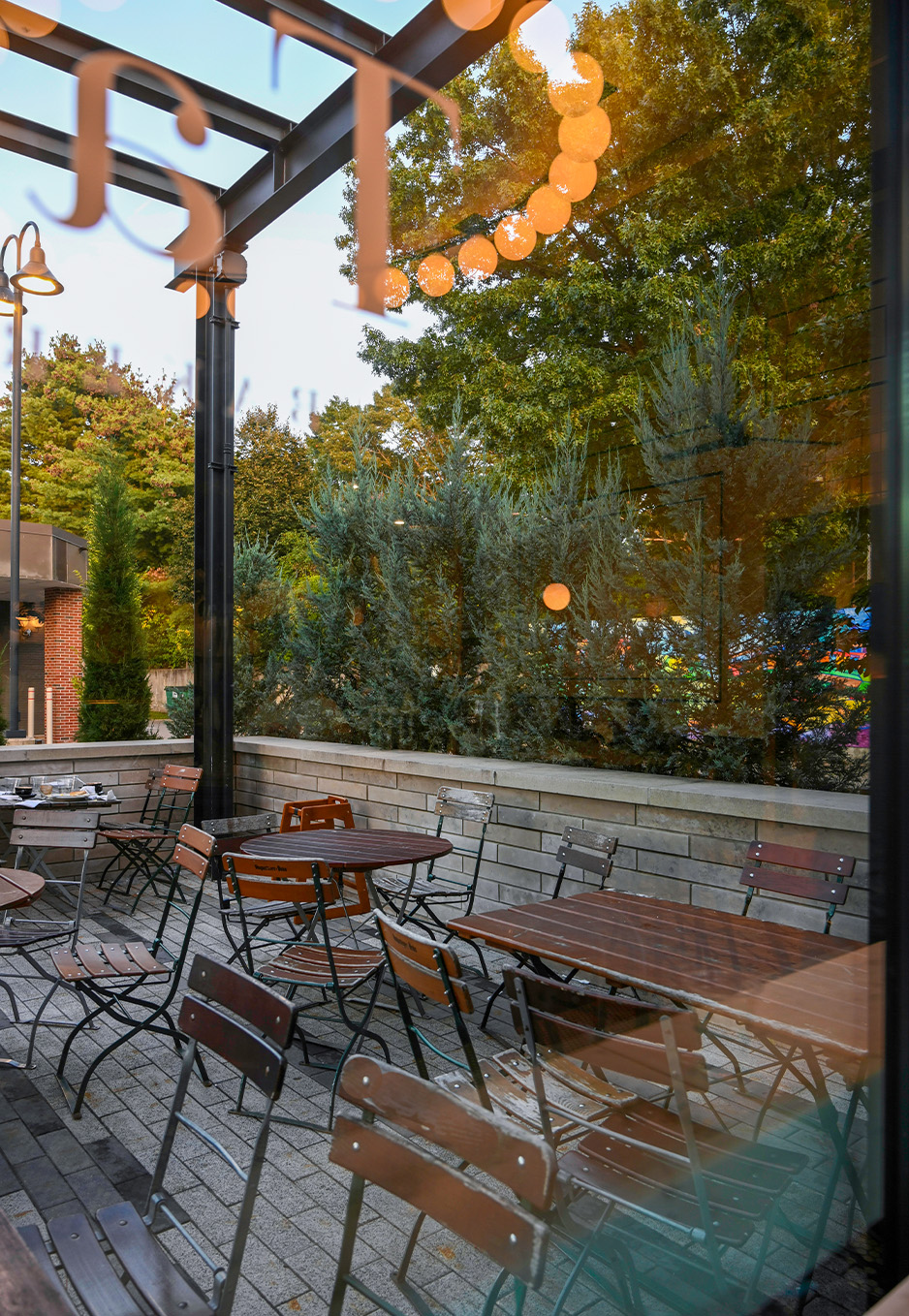
Committing to providing gathering places within a multi-family, mixed-use, or retail development is especially important in townships and cities that need formal green spaces or town squares. Developers can offer this amenity to tenants, their friends, guests, and the local community. By intentionally creating green spaces in a non-typical scenario, it creates opportunities for pop-up retail and farmer's markets and allows a relaxing space for workers to take their break. This could result in a higher utilization rate within mixed-use retail with office spaces. Think of an open green space for a family to eat ice cream after a long day at school or work, providing them with not only a place to congregate, but access to fresh air, sunlight, and live plants.
This is not just limited to access to outdoor spaces or natural lighting, either (although this is a wonderful benefit to a living and co-working space that should not be forgotten). Did you know that, on average, we spend about 90% of our time in indoor environments, which are often full of artificial lighting that disrupts our natural circadian rhythms? Working closely with MEP professionals is key to ensuring that your spaces are equipped with the more “behind-the-scenes" facets of wellness design, including but not limited to natural daylighting, fresh air turnover, UV sanitation, and more.
Occupational Wellness
Merging working spaces with living spaces has continued to become the status quo, especially post-COVID, when more and more employers allowed (and often encouraged) flexible office schedules. Make sure to include fulfilling spaces in your design that would enable tenants to have a comfortable and refreshing workplace without leaving the comfort of their own condo, townhome, or apartment complex. Things to think about could include dedicated built-in desks in each unit, multi-use work areas equipped for larger meetings, or individual open office setups that can be booked or reserved. If we, as designers, can create spaces that allow for flexibility and modifications in the future then the tenants will benefit even more. This will work to shape the space and how it will eventually function in the months and years to come.
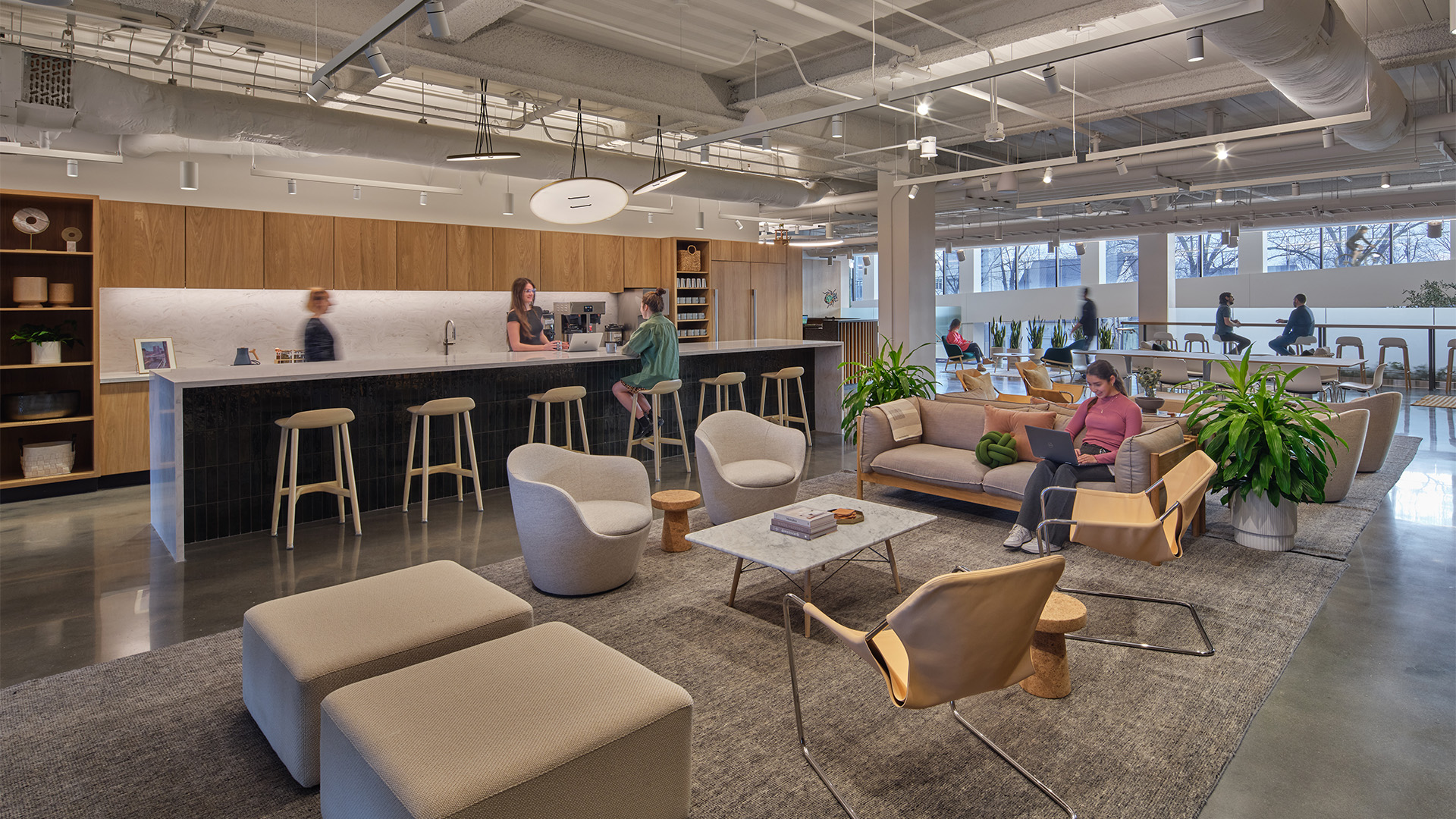
One aspect you need to remember? Open and easy access to technology. From wireless internet connectivity (and we mean that really good Wi-Fi), screens for conference calls, to built-in electricity in desks, tables, etc. These are all things that tenants will appreciate in the long run.
Physical Wellness
The most evident and functional example of incorporating wellness into a design is leveraging Physical Wellness aspects. This includes but is not limited to curated gyms, yoga studios, walking trails, pools and hot tubs, and nutrition or demo kitchens. Essentially, anything that improves or emphasizes tenants' physical health, nutrition, or sleep falls under this dimension. This is something generally thought of for multi-family developments, but there are ways to elevate this effort and make it even more dynamic and equitable. And you can’t forget man’s best friend. Providing a place for tenants and community members to walk their dogs or play with them on a crisp fall day will also make a difference and promote a feeling of well-being for both the pets and their owners.
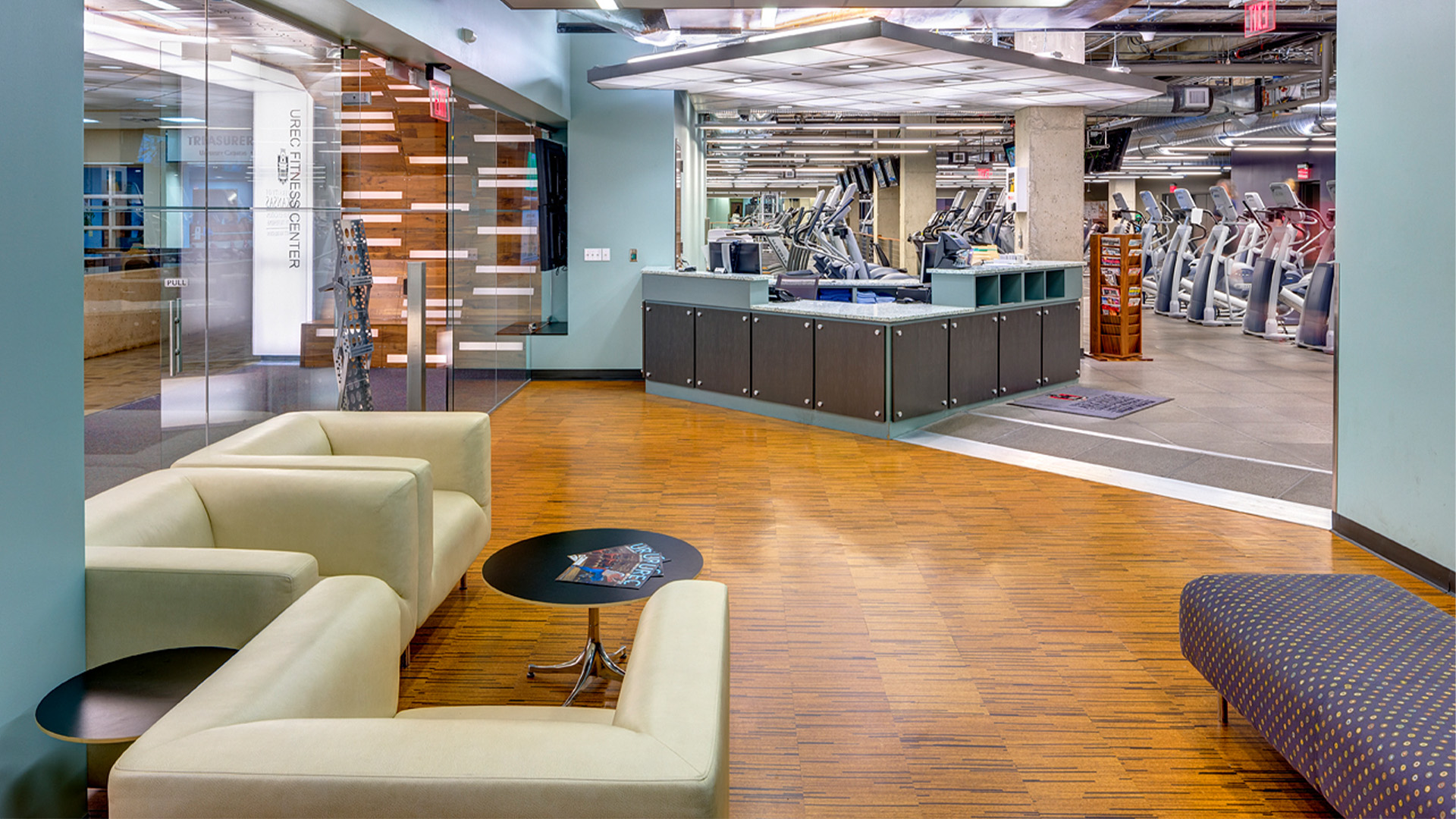
As architects and designers, we must think of these spaces and how they’ll be used by many, not just a few. So, instead of planning a space that only 20% of the population will use most of the time, what can we do to make this more inviting, equitable, and usable for the other 80%, too? Often, this means designing a space with a variety of amenities that pique the interest of most tenants. Basically, it goes back to designing multi-purpose spaces, which can be utilized when thinking about the other wellness design dimensions, as well.
While this is a big deal for tenants, it should similarly make a difference for developers and property owners because no one wants to waste valuable square footage on something rarely used. Plus, property owners can also institute higher rental rates when these well-designed common spaces are included in their properties.
Social Wellness
Creating an environment conducive to overall social wellness is all about creating spaces where communities of people thrive together. This can be in the form of community gardens, dog parks, pool areas, pickleball courts, playgrounds, and more. By attracting different groups of people to your space, you’ll be responsible for bringing groups together and encouraging them to form lasting bonds with one another.
Urban areas, for instance, are often full of young, single professionals who are looking for less of their own living space and instead more space to create connections with others. This could also ring true to tenants of retirement age, as well.
Other actionable ways to develop these social spaces are by designing communal amenities, both in the exterior and interior of the space. Soft, inviting spaces that allow people to congregate on the interior of buildings are easy design enhancements to add to each level's floor plan. If you have the space and buy-in from the developer or owners, creating ample outdoor space for larger groups is a great way to encourage social programs—whether they are spontaneous or planned—that your tenants will appreciate in the long run.
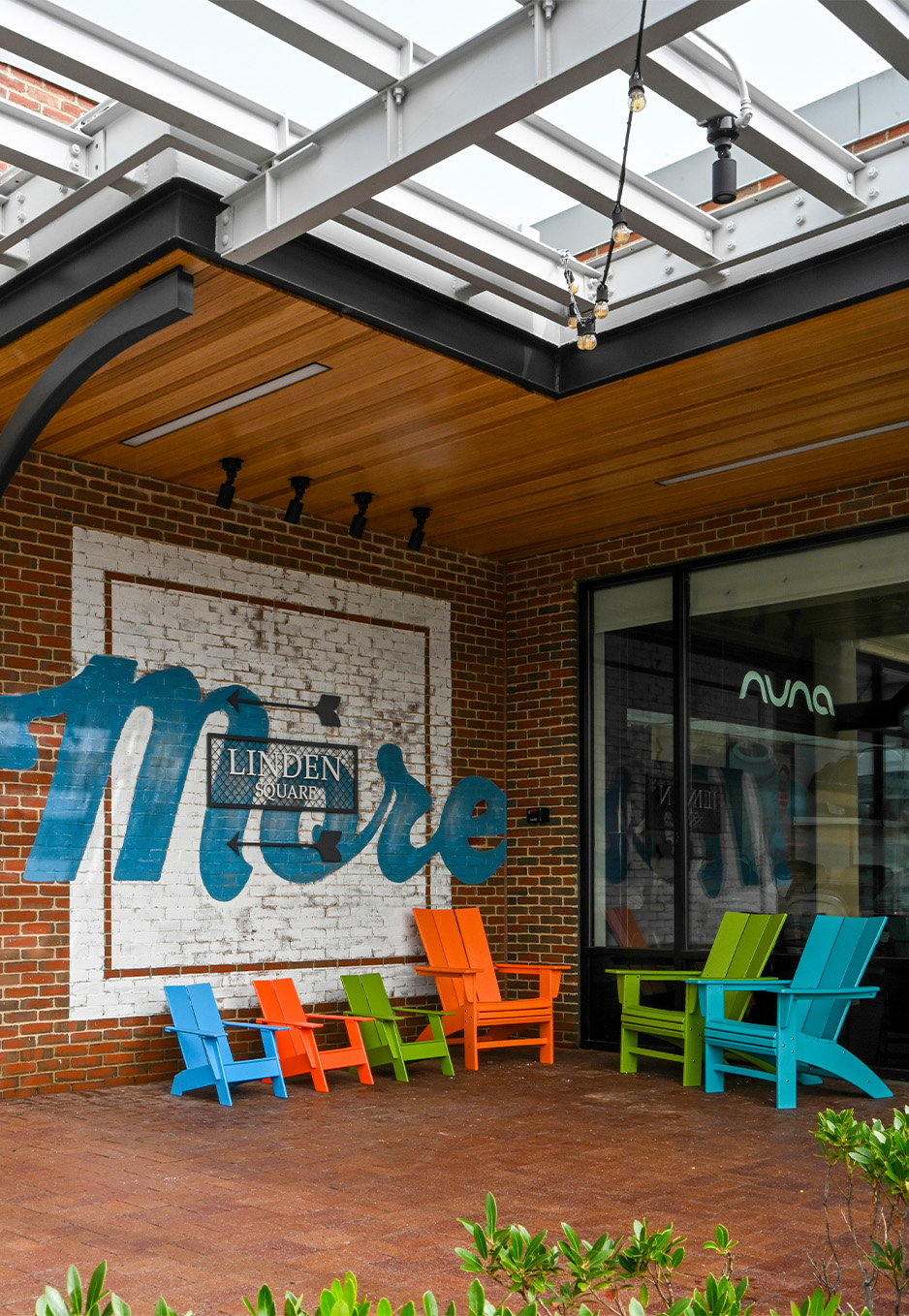
Trend or Fad?
It's often tough for designers to know what's a passing trend and what is something that's here to stay. However, in the case of wellness design, it's safe to bet on this being a trend that's in for the long haul. Doubling down on the health, happiness, and well-being of everyone who walks through your project's doors will always be in style.
Designing with wellness in mind has been a hot topic for years; in 2022, World Architecture Day's theme was "Designing for Wellness." However, the type of wellness most designers get hung up on is physical health focused. This isn't wrong, but where well-being is concerned, architects, designers, developers, and project owners must focus on the holistic well-being of the end users.
While we have discussed specific aspects of design that impact the overall wellness of users, a few essential things can be incorporated into all of them, no matter which dimension you are focused on. Ensuring that some (or all!) of these are incorporated into your plans will ensure your next multi-family project is successful for all.
- access to natural lighting
- incorporating sustainable solutions
- leveraging technology (RFID tags, keypads for entry, etc.)
- end-user surveys (six months to one-year post-project completion)
- adding environmental graphics to the space (for wayfinding, décor, and creating a sense of space)
- build a connection with nature (Zen gardens, green spaces, rooftop gardens, community gardens, etc.)
As architects and designers creating spaces for humans to feel connected, not only do we need to design spaces that are safe and up to code, but we must think a little bit more like psychologists and design spaces that appeal to much more than the physical needs of the end user. How can we mimic the designs of well-intentioned and loved spaces in the world and put them into practice in an apartment building in a suburb of Boston? What can we do to ensure that all tenants have an equitable share of these amenities that allow them to be used by the majority? These questions are at the crux of designing for wellness, and we're just scratching the surface of what we can and should do to continue to provide these opportunities in the mixed-use, multi-family, and even retail sectors. Trends will continue to ebb and flow as they are built to do, but so will our designs, and in doing so, our end users will thrive.
Are you interested in learning more about our approach to incorporating wellness design into projects? Contact architect Mike Cornoni, AIA, NCARB, LEED AP, for more information.

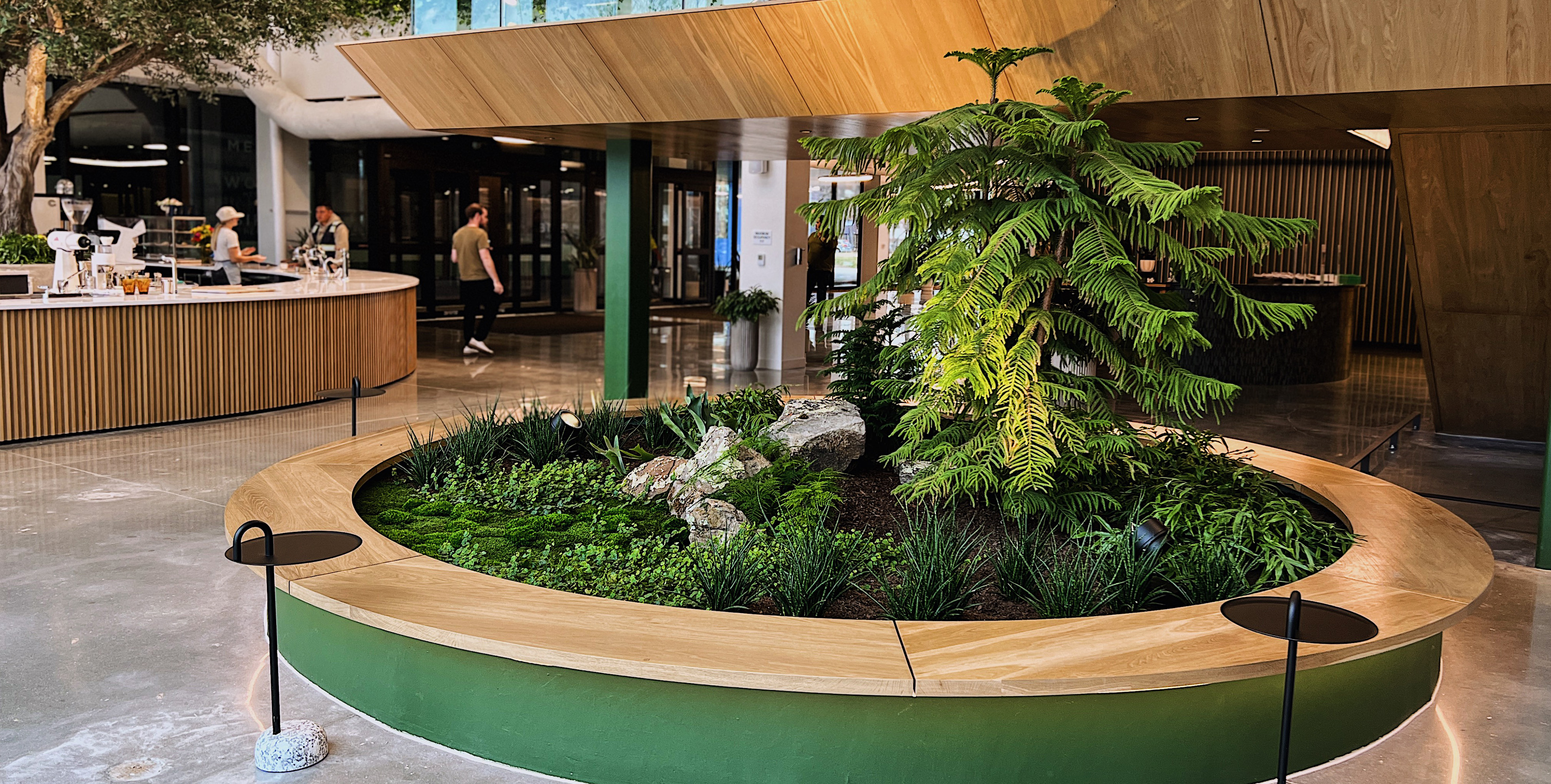
.jpg)
.jpg)



